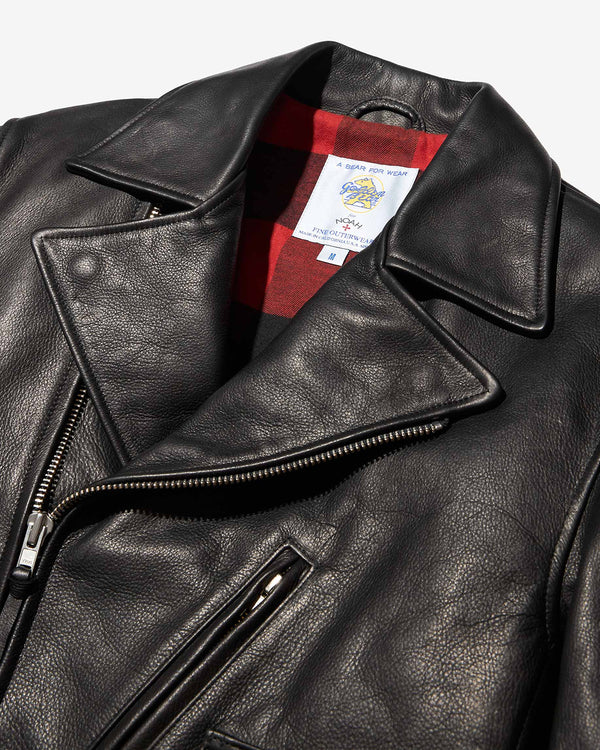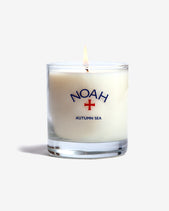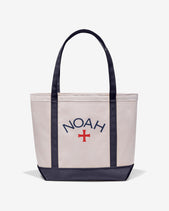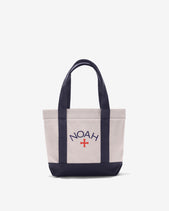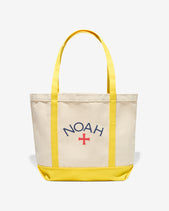DIY Suiting
DIY. We've never been happy with what's available in the world of suiting, so we decided to do it ourselves, in a way that makes sense to us. Since none of us need to wear one to fit in with the rest of the corporate structure, Noah's conception of what a suit should be has been different from the start. Even the word "suit," as it appears on this page, almost doesn't feel right--it conjures up images of the masses trudging to work in a uniform that’s been chosen for them.



Increasingly, there are more and more of us who are lucky enough to not be subjected to a conformist dress code at work. We're not forced to wear suits, we choose to wear them, which allows what we wear to be a combination of creative choice and utility. Noah's suits tend to feature weightier materials, which means the jackets can almost be considered outerwear. The cuts are functional for a variety of contexts, from casual to dressy. The trousers are not an afterthought. Their design, fit, and materials are a statement unto themselves.
If our approach is DIY, however, the materials and fabrication are anything but. The fabrics we’ve used this season come from some of the most reliable mills in England, and the suits are constructed by the most talented pattern makers and sewers in Italy. We wanted them to stand alone without sacrificing the expertise of centuries-old weaving and tailoring traditions. The results offer a creative alternative to the cookie-cutter profile of what most people think of as a suit.

English Corduroy
Corduroy combines luxury and durability like no other material. Its modern form was developed as a more affordable alternative to velvet--a plain-weave fabric with dense rows of tufted loops that are sheared to create the same lustrous, soft pile. Its ribbed construction, however, made corduroy especially strong. This ruggedness, combined with its warmth and quick-drying properties, helped make it an outerwear staple in 19th century England, where the world’s best corduroy is still made. Variously associated with workwear, military uniforms, and luxury fashion since, it remains a hardy, versatile, and elegant fabric.

Escorial Suiting
Escorial wool has a storied history: the sheep it comes from were once prized by Spanish royalty, then nearly driven to extinction, then dramatically saved when their last surviving flock was brought to Australia by boat in the early 19th century. Their rare, curled fleece is still used to make some of the finest suiting fabrics, thanks to its softness, breathability, and stretch. This worsted, windowpane-plaid version from Scotland is sleek, lightweight, and ideal for warmer weather. It also has incredible recovery, meaning natural wrinkle-resistance, and the ability to keep its shape after repeated wear.

Houndstooth Jacketing
Often thought to have originated in the Scottish Lowlands some time in the 1800's, our 100% wool version is sourced from a historic 18th century UK mill. Traditionally seen in black and white, we opted for a classic brown and tan combination in our heavyweight blazer.

Check Jacketing
For our sack jacket this season, we've chosen this 100% wool fabric in a classic country check pattern. Sourced from an Irish mill that has been around since the 1800's, this weighty, yet soft fabric can easily function as a standalone outerwear piece heading into the early days of fall.
